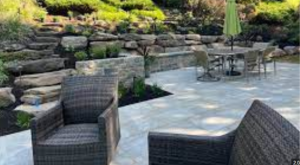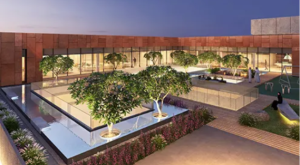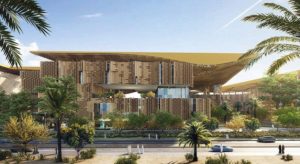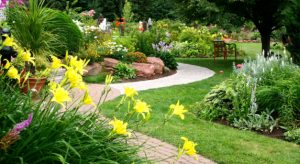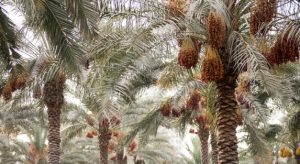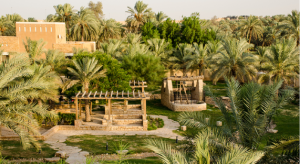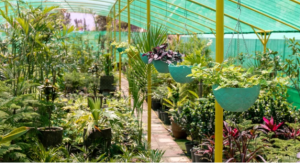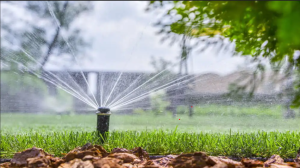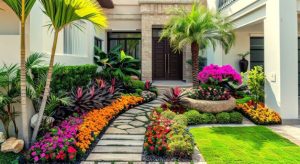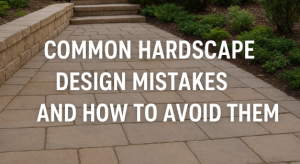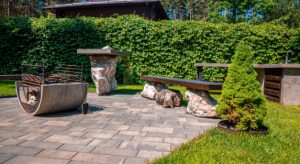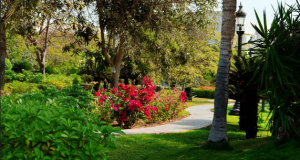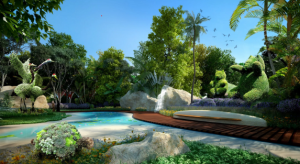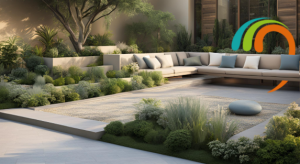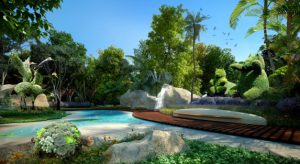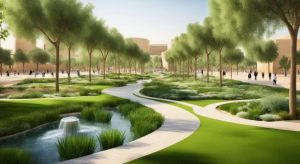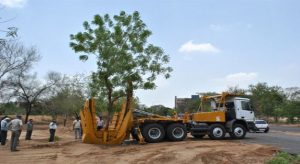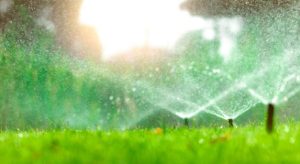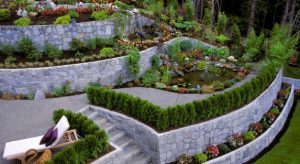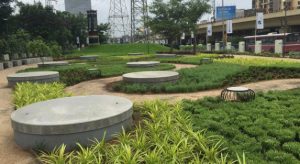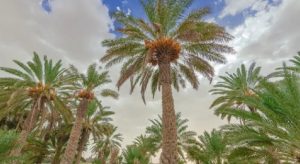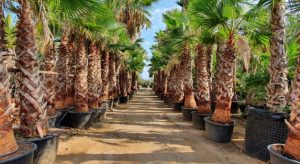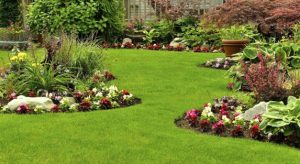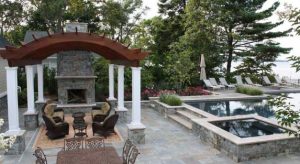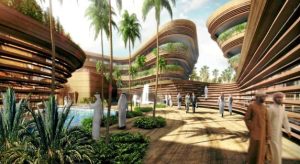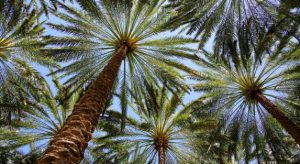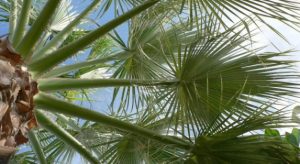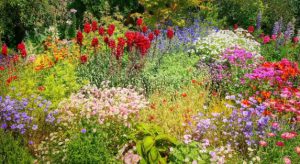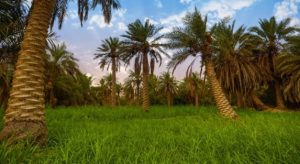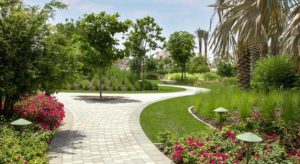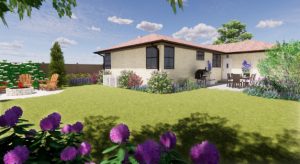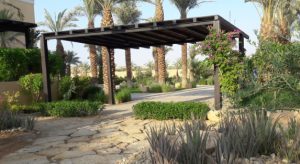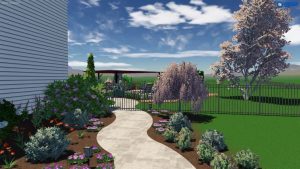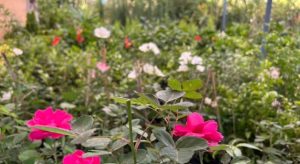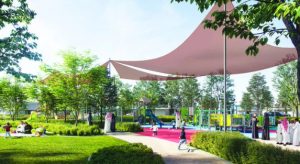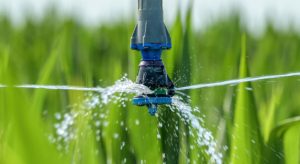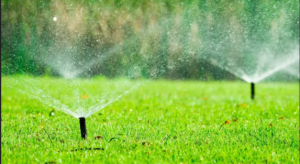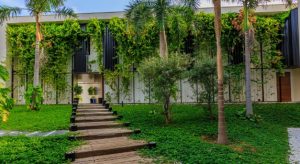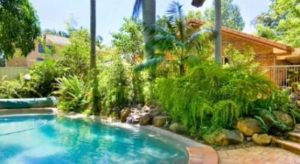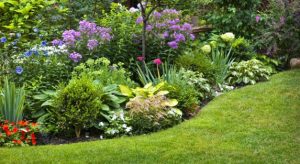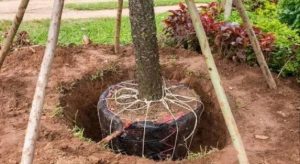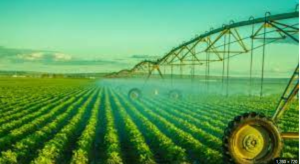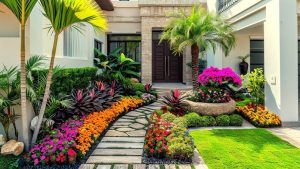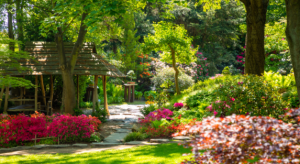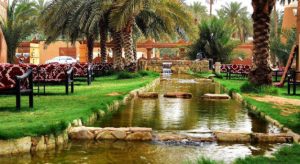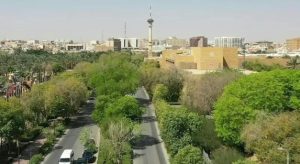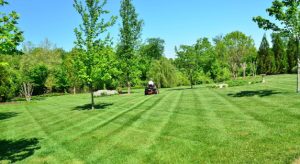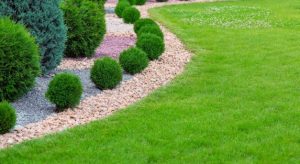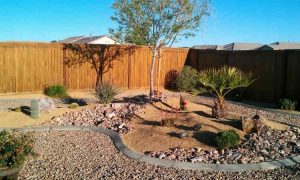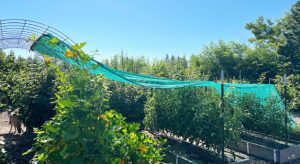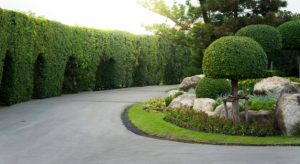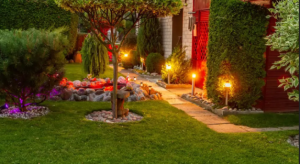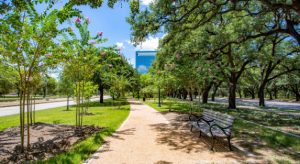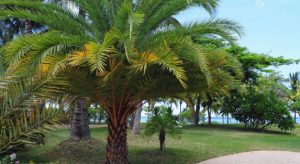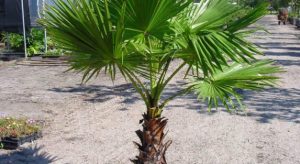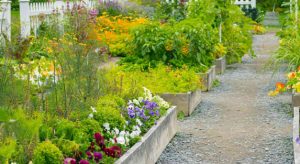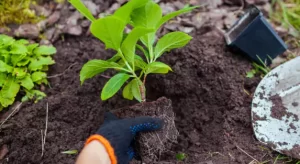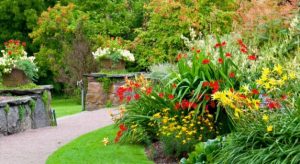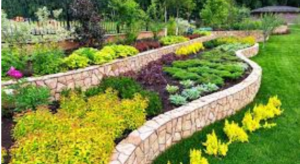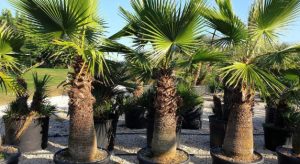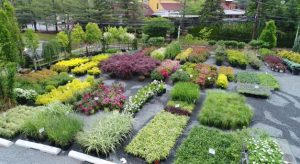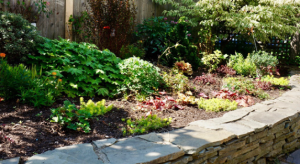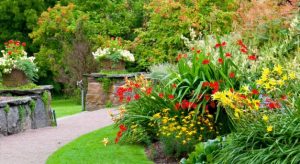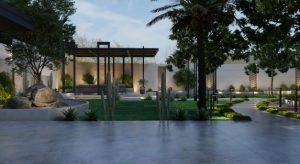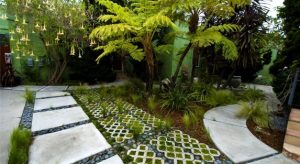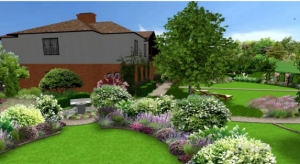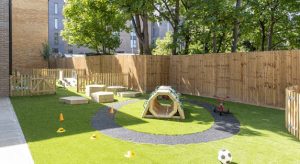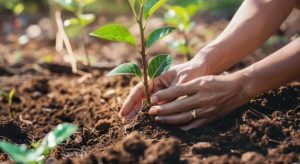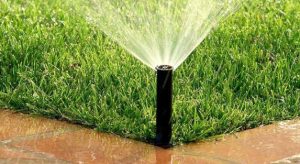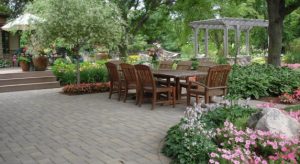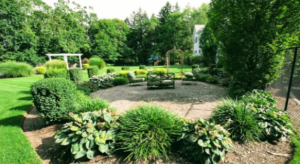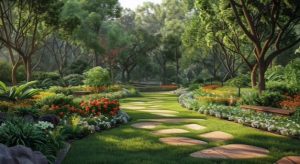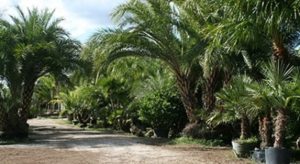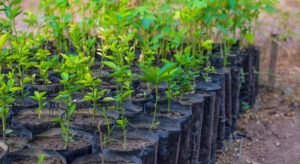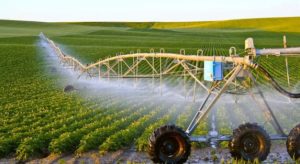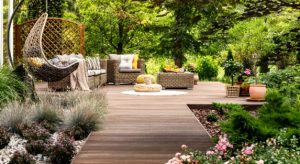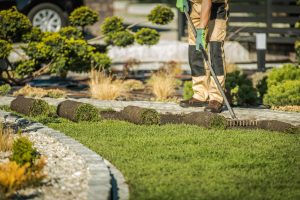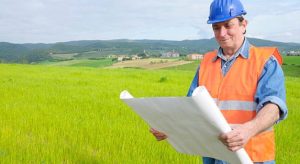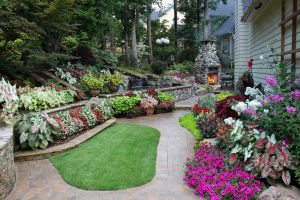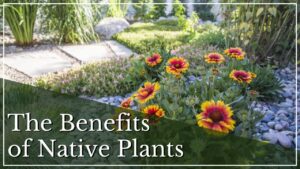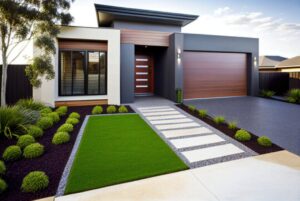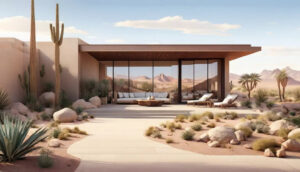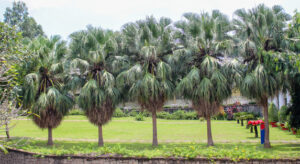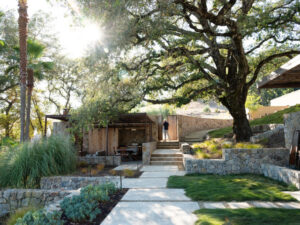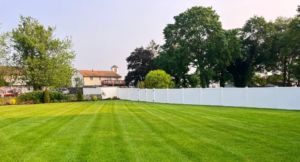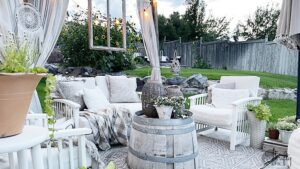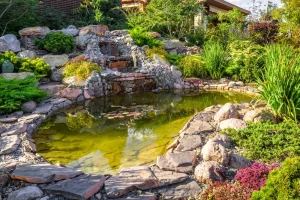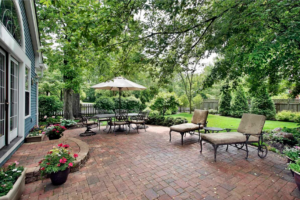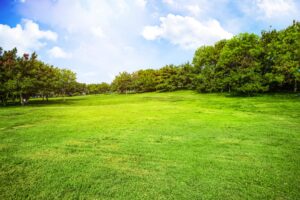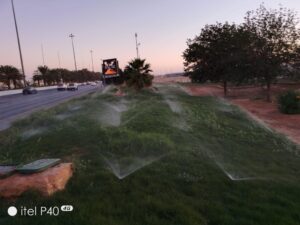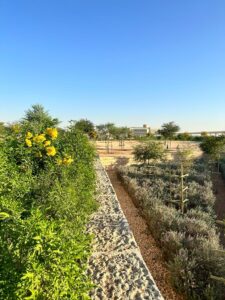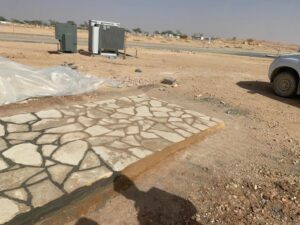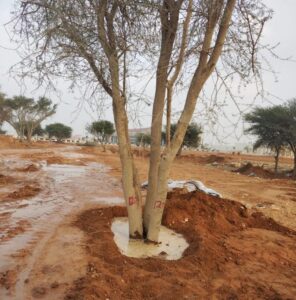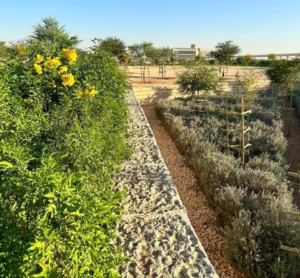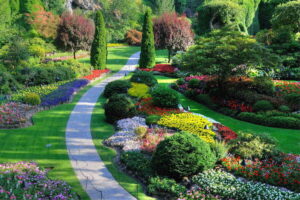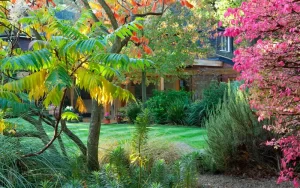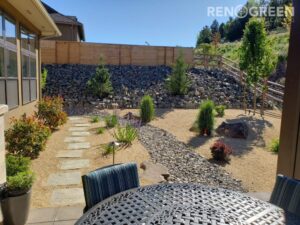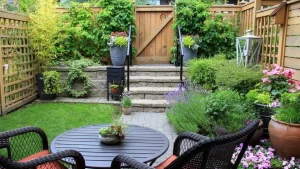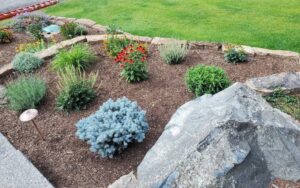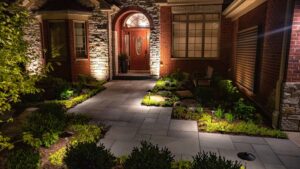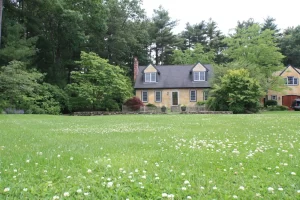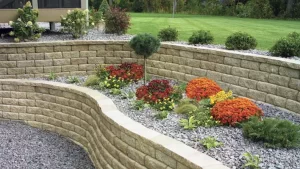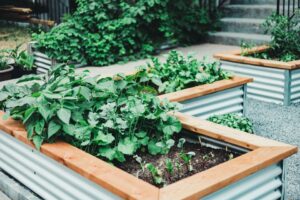Why Palm Trees Are Integral to Saudi Landscape and Culture
10 November, 2025
In the heart of the Arabian Peninsula, where golden sands stretch endlessly beneath the desert sun, one symbol stands tall as a timeless emblem of resilience, beauty, and prosperity — the palm tree. Across Saudi Arabia, these majestic trees are more than just part of the scenery; they are deeply woven into the fabric of the nation’s identity, history, and development. Today, with the growing efforts of every palm tree supplier in Saudi Arabia, these iconic trees continue to flourish across cities, parks, and urban landscapes, preserving their cultural heritage while supporting the Kingdom’s green vision for the future.
1. Historical and Cultural Significance of Palm Trees in Saudi Arabia
For centuries, palm trees have stood as a symbol of vitality, endurance, and prosperity across the Arabian Peninsula. In the heart of Saudi Arabia, these trees are not merely botanical elements; they represent the deep-rooted connection between nature, survival, and spiritual life. The date palm (Phoenix dactylifera), in particular, has served as a vital source of nutrition, shade, and material for shelter, making it indispensable in desert communities. Throughout history, the palm tree has sustained human life in harsh desert environments, offering fruits rich in nutrients and fibers, and leaves used for making ropes, baskets, and mats.
In Islamic tradition, the palm tree holds an exalted position — mentioned frequently in the Holy Qur’an as a symbol of abundance, generosity, and peace. It has also been associated with hospitality, often planted near homes and mosques as a welcoming sign for guests and travelers. The significance of palm trees extends beyond symbolism to national pride, representing strength and endurance in the face of adversity — traits that mirror the Saudi spirit itself.
Modern-day initiatives by every palm tree supplier in Saudi Arabia play an instrumental role in preserving this cultural and agricultural heritage. Through advanced propagation techniques, controlled nurseries, and sustainable cultivation methods, these suppliers ensure that the ancient relationship between Saudis and palm trees continues to thrive. By cultivating various palm species suited to different regions, from Riyadh to Al Ahsa, suppliers help maintain the aesthetic and ecological continuity of the Kingdom. The presence of palm trees in contemporary Saudi landscapes — adorning roads, gardens, and religious institutions — keeps alive the essence of a tradition that has shaped Saudi identity for generations.
2. Palm Trees and the Modern Saudi Landscape
As Saudi Arabia undergoes rapid urban transformation, palm trees have seamlessly adapted to modern architecture and landscaping needs. Their versatility and resilience make them an ideal choice for sustainable urban design in extreme climatic conditions. Palm trees enhance not only the visual appeal of urban spaces but also their functionality, providing natural shading, wind filtration, and air purification. In cities like Riyadh, Jeddah, and Dammam, rows of tall palms line boulevards, parks, and business districts, blending traditional beauty with modern aesthetics.
Urban planners and developers increasingly rely on specialized palm tree suppliers in Riyadh to meet growing demands for greenery in infrastructure projects. These suppliers offer diverse species — such as Phoenix canariensis (Canary Island Date Palm), Washingtonia robusta (Mexican Fan Palm), and Roystonea regia (Royal Palm) — chosen for their durability, height, and visual appeal. Modern nurseries maintain strict quality control measures, ensuring that every tree is disease-free, well-rooted, and climate-adapted before transplantation.
Palm trees also contribute to Saudi Arabia’s national sustainability agenda, particularly under Vision 2030, which prioritizes environmental preservation and urban greening. Initiatives such as the Green Riyadh Project aim to increase the city’s vegetation cover, reduce air pollution, and improve quality of life — and palm trees are at the forefront of this effort. Their minimal water requirements and high drought tolerance make them ideal for arid climates, aligning with the nation’s goal of efficient water management.
The collaboration between municipal authorities, landscape architects, and palm tree suppliers in Saudi Arabia ensures that the Kingdom’s modern cities maintain their connection to cultural heritage while promoting eco-friendly design. Each palm tree planted serves as both an architectural feature and a symbol of sustainability, reinforcing Saudi Arabia’s position as a global leader in climate-conscious urban planning.
3. Economic and Environmental Impact of the Palm Tree Industry
The palm tree industry in Saudi Arabia extends far beyond ornamental landscaping — it forms a significant part of the national economy, cultural exports, and environmental sustainability. Economically, the date palm is one of the most valuable agricultural assets in the Kingdom. Saudi Arabia ranks among the world’s largest producers and exporters of dates, with millions of palm trees cultivated across vast plantations in regions such as Al Qassim, Al Madinah, and Al Ahsa. These thriving plantations depend heavily on a robust network of nurseries and palm tree suppliers in Saudi Arabia, who ensure the availability of healthy, genetically strong seedlings.
From an environmental perspective, palm trees are a natural ally in combating desertification and promoting ecological balance. Their deep-rooted systems prevent soil erosion, enhance moisture retention, and act as windbreakers in arid regions. Moreover, palm trees improve air quality by absorbing carbon dioxide and releasing oxygen, creating localized cooling effects in urban zones. Cities like Riyadh have integrated palms into greenbelt and roadside projects, leveraging their environmental benefits alongside their iconic appearance.
The industry’s impact also extends to technological advancement and employment generation. Modern palm tree suppliers in Riyadh employ skilled horticulturists and agronomists who utilize cutting-edge irrigation systems, tissue culture propagation, and pest control technologies. This professionalization of the sector not only improves plant quality but also contributes to job creation and knowledge transfer within the agricultural workforce.
On a macroeconomic scale, palm cultivation supports rural development, trade diversification, and food security — three critical pillars of Saudi Arabia’s Vision 2030 economic framework. Additionally, the use of palm products — from dates and oils to fibers and wood — continues to inspire innovations in food processing, cosmetics, and handicrafts. Thus, the palm tree industry stands as a prime example of how environmental stewardship and economic growth can coexist harmoniously.
4. The Role of Palm Tree Suppliers in Preserving Heritage and Supporting Growth
Behind the flourishing palm-lined avenues and green projects of Saudi Arabia lies the dedicated work of professional palm tree suppliers who combine traditional horticultural knowledge with modern agricultural science. These suppliers are at the core of the Kingdom’s greening movement, supporting both public and private projects that emphasize sustainability, cultural identity, and long-term ecological health.
A leading palm tree supplier in Riyadh manages extensive nurseries equipped with advanced irrigation systems, greenhouse propagation units, and soil conditioning technologies. Each tree undergoes rigorous inspection for health, growth rate, and environmental compatibility before being supplied for plantation. The suppliers also provide guidance on planting depth, spacing, irrigation scheduling, and disease prevention — ensuring that palms not only survive but thrive in urban and desert conditions alike.
Their contributions extend beyond supply — they are active partners in national initiatives like the Saudi Green Initiative and Green Riyadh, both aimed at expanding urban forests and reducing carbon footprints. By promoting native palm species such as Phoenix dactylifera, suppliers help preserve biodiversity while encouraging the continued use of plants deeply tied to Saudi heritage. Many suppliers also cultivate imported ornamental species that complement architectural projects, creating visually stunning yet sustainable environments.
Furthermore, palm tree suppliers play a pivotal role in educating developers, landscapers, and municipalities about the ecological importance of proper species selection and maintenance. Their technical expertise helps prevent over-irrigation, optimize soil health, and reduce transplant shock — issues that directly influence survival rates and long-term sustainability.
Ultimately, the palm tree supplier in Saudi Arabia is not merely a vendor but a key stakeholder in the Kingdom’s environmental and cultural future. Their commitment ensures that every palm tree planted contributes to the broader vision of a greener, healthier, and more sustainable Saudi Arabia.
Conclusion
Palm trees are far more than ornamental plants; they are living embodiments of Saudi Arabia’s history, resilience, and environmental ambition. Their enduring presence — from desert oases to futuristic cityscapes — bridges the past and the future, representing both cultural continuity and ecological progress. Thanks to the expertise and dedication of every palm tree supplier in Saudi Arabia and palm tree supplier in Riyadh, these symbols of life continue to enrich the Kingdom’s landscape.
As Saudi Arabia advances its Vision 2030 goals, palm trees remain central to its sustainable transformation — standing tall as guardians of heritage and catalysts of green innovation.
- Fountain and Waterfalls
- Gardening
- hardscape
- Irrigation system
- Landscape
- Lawn
- Nursery
- Palm Tree
- Plantation and Maintenance
- softscape
- Tree Transplanting
- Washingtonian Tree
Categories
Latest Post
- Fountain and Waterfalls
- Gardening
- hardscape
- Irrigation system
- Landscape
- Lawn
- Nursery
- Palm Tree
- Plantation and Maintenance
- softscape
- Tree Transplanting
- Washingtonian Tree





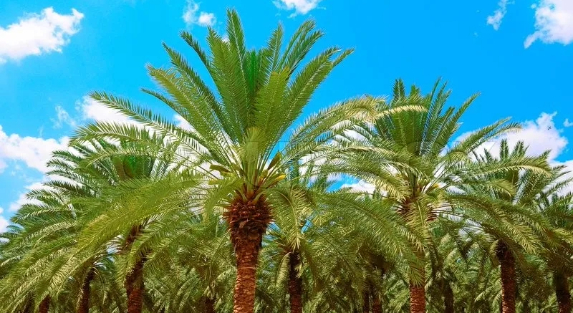
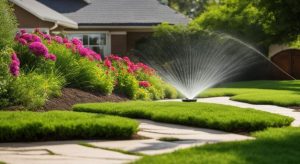
 .
.